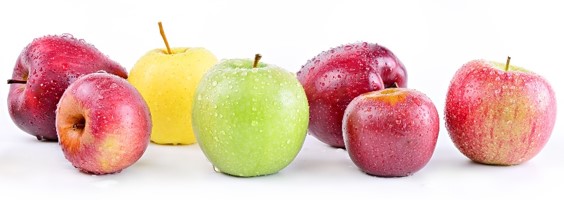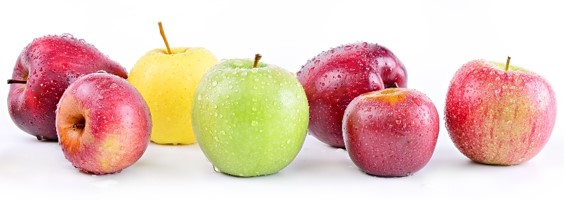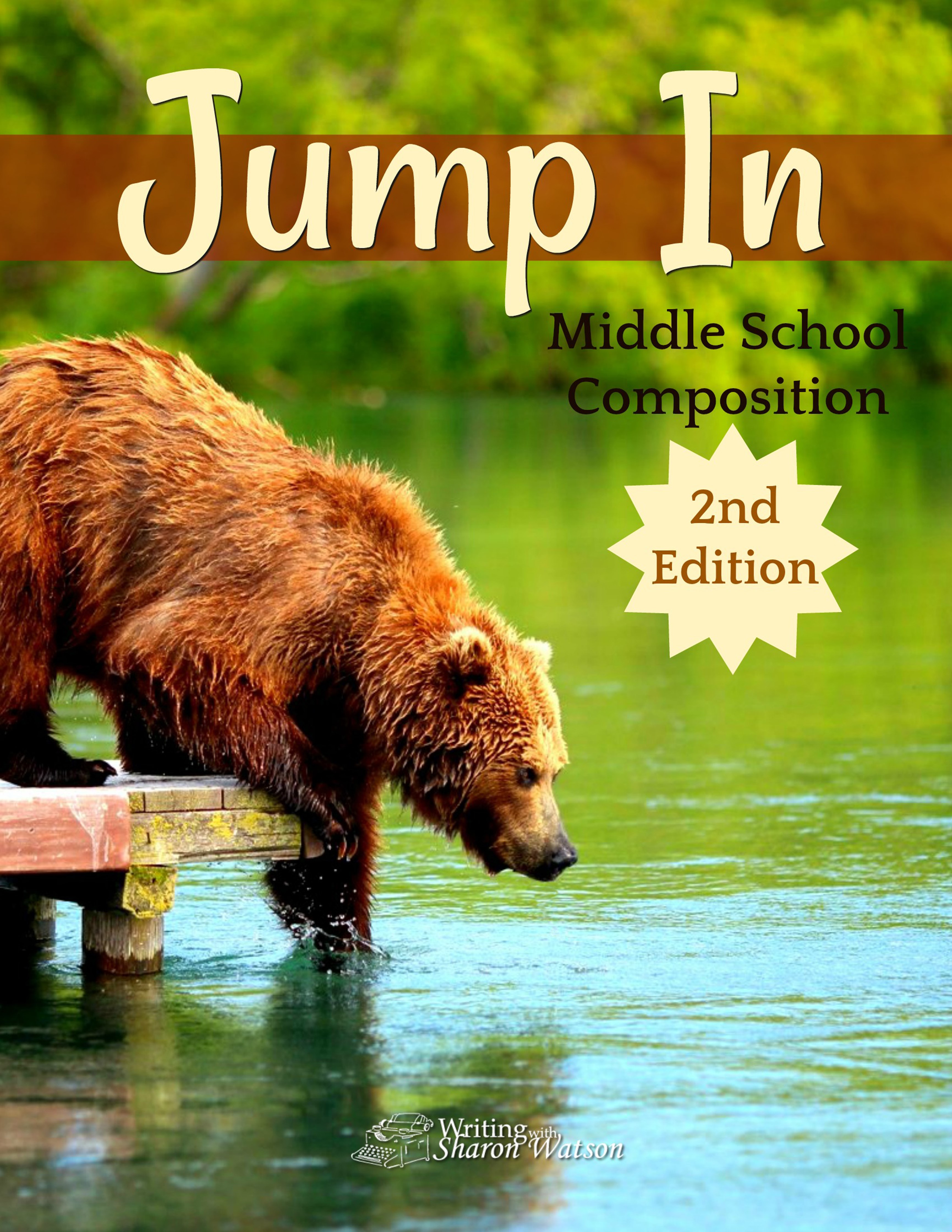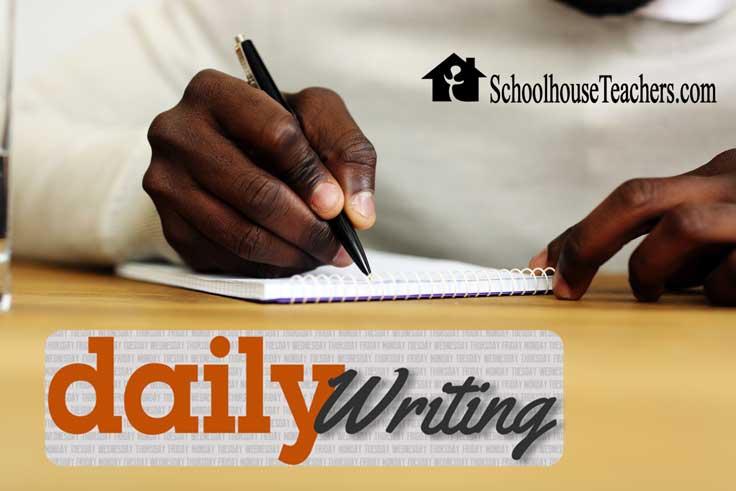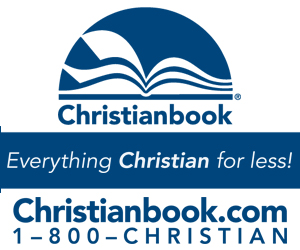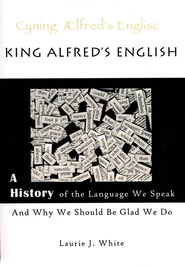Hot, sweaty, summer days are filled with things you can’t do other times of the year, things like going on a beach vacation, weeding and harvesting, canning, swimming outdoors, catching fireflies, going camping, spending time with friends, and so on.
So perhaps it makes no logical sense that this prompts is really about winter.
Read More













